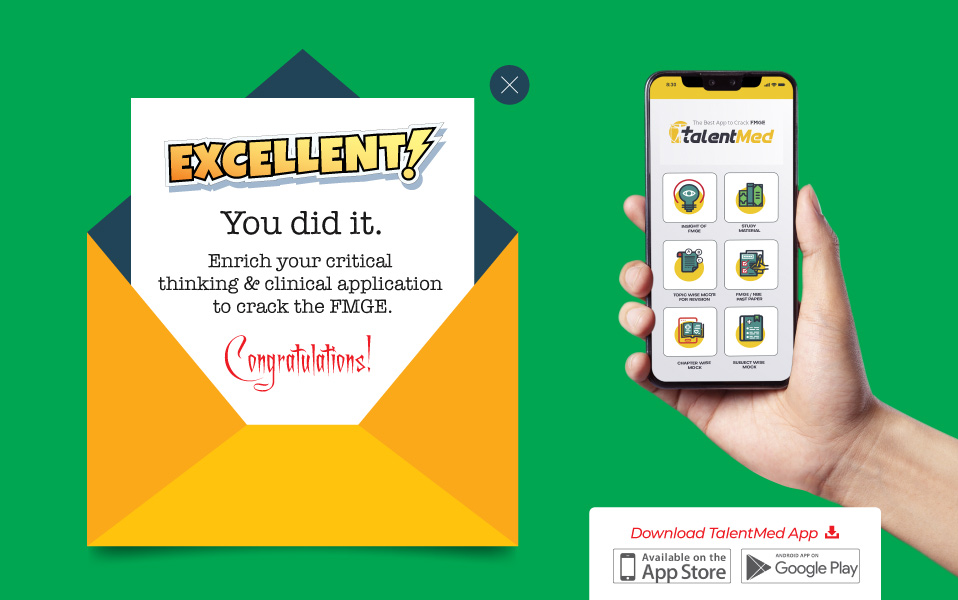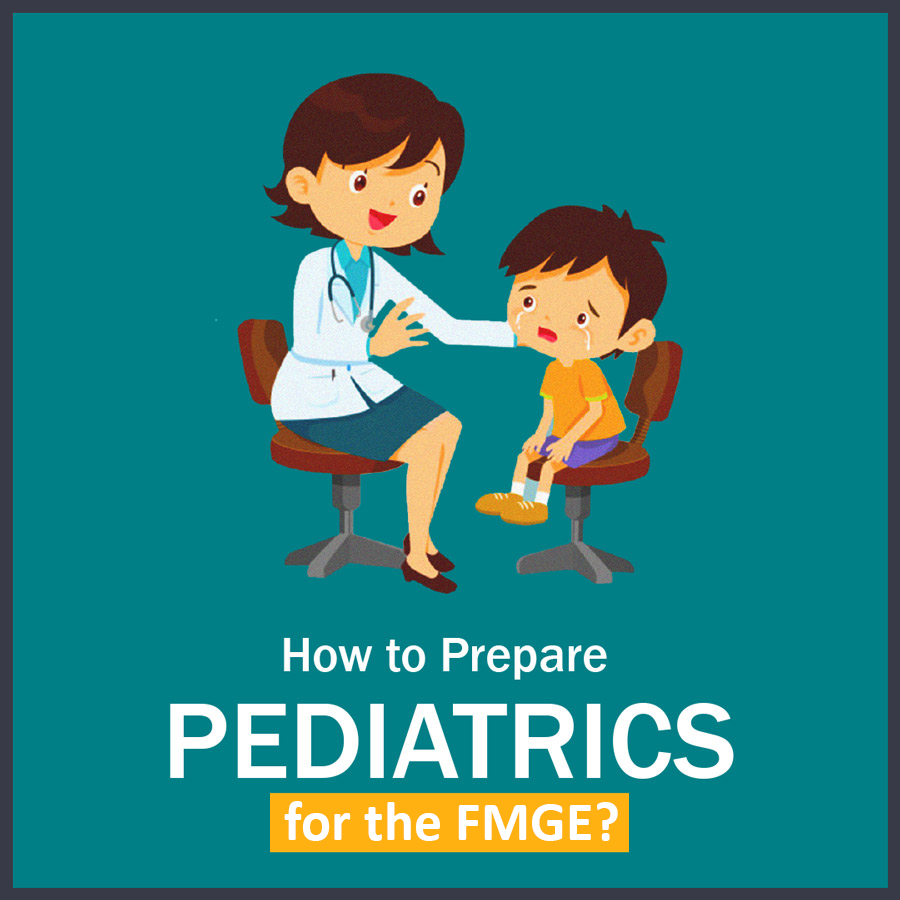Pediatrics FMGE Past Paper Questions
A 1-month old baby presents with frequent vomiting and failure to thrive. There are features of moderate dehydration. Blood sodium is 122 mEq/l and potassium is 6.1 mEq/l. The most likely diagnosis is:
Correct!
Wrong!
A male child of 15 years, with a mental age of 9 years has an IQ of:
Correct!
Wrong!
The most appropriate drug used for chelation therapy in beta-thalassemia major is:
Correct!
Wrong!
Which endocrine disorder is associated with epiphyseal dysgenesis?
Correct!
Wrong!
An albino girl gets married to a normal boy. What are the chances of their having an affected child and what are the chances of their children being carriers?
Correct!
Wrong!
Which one of the following statements is false with regard to Xanthogranulomatous pyelonephritis in children.
Correct!
Wrong!
Which one of the following statements is false with regard to pyuria in children?
Correct!
Wrong!
Which one of the following is the most common cause of abdominal mass in neonates?
Correct!
Wrong!
Which of the following is not true about atrial septal defect:
Correct!
Wrong!
A neonate presents with jaundice and clay white stools. On liver biopsy giant cells are seen. Most likely diagnosis is:
Correct!
Wrong!
A newborn has dribbling after feeds. He has respiratory distress and froth at the mouth. Diagnosis is:
Correct!
Wrong!
Ramu, a 8-years-old boy presents with upper GI bleeding. On examination, he is found to have splenomegaly; there are no signs of ascites, or hepatomegaly; esophageal varices are found on UGIE. Most likely diagnosis is:
Correct!
Wrong!
A 5-years-old child suffering from nephrotic syndrome is responding well to steroid therapy. What would be the most likely finding on light microscopy:
Correct!
Wrong!
Most common cause of urinary obstruction in a male infant is:
Correct!
Wrong!
A 5-years-old child presents with a calculus of size 2 cm in the upper ureter. He also complains of haematuria. USG shows no further obstruction in the urinary tract. Treatment of choice for this patient would be:
Correct!
Wrong!
A patient presents with LVH and pulmonary complications. ECG shows left axis deviation. Most likely diagnosis is:
Correct!
Wrong!
Potts shunt is anastomosis of:
Correct!
Wrong!
A neonate has recurrent attacks of abdominal pain, restless, irritability and diaphoresis on feeding. Cardiac auscultation reveals a nonspecific murmur. He is believed to be at risk for MI. Likely diagnosis is:
Correct!
Wrong!
A child aged 2 years presents with nonspecific symptoms suggestive of anemia. On peripheral blood smear target cells are seen. He has hypochromic microcytic picture and Hb of 6 gm%. He also has ‘a positive family history’. Next investigation of choice is:
Correct!
Wrong!
Most common cause of meningitis in children between 6 months to 2 years of age is:
Correct!
Wrong!
A child presents with seborrheic dermatitis, lytic skull lesions, ear discharge and hepatosplenomegaly. Likely diagnosis is:
Correct!
Wrong!
Which of the following is true regarding cretinism:
Correct!
Wrong!
Manifestations of endemic cretinism include:
Correct!
Wrong!
A 10 day old male pseudohermaphrodite child with 46 XY karyotype presents with BP of 110/80 mmHg. Most likely enzyme deficiency is:
Correct!
Wrong!
Treatment of Kawasaki disease in children is:
Correct!
Wrong!
A neonate delivered at 32 weeks, is put on a ventilator. X-ray shows ‘white-out lung’ and ABG reveals PO2 of 75. Ventilator settings are on, FIO2 of 70, and rate of 50/minute. Next step to be taken should be:
Correct!
Wrong!
A 15-year old healthy boy with no major medical problem complaints that he breaks out with blocky areas of erythema that are pruritic over skin of his arm, leg and trunk every time within an hour of eating sea foods. The clinical features are suggestive of:
Correct!
Wrong!
A 2-month baby presents with history of jaundice, turmeric colored urine and pale stools since birth. Examination reveals liver span of 10 cms, firm in consistency and spleen of 3 cms. The most specific investigation for establishing the diagnosis would be:
Correct!
Wrong!
Transient myeloproliferative disorder of the newborn is seen in association with:
Correct!
Wrong!
FMGE Pediatrics Past Paper Questions



| How to Prepare Pediatrics for FMGE? | How to Prepare Pediatrics for FMGE? |
 |
 |
Related Tests: OBG FMGE Past Paper | Anesthesia FMGE Past Paper | Orthopedic FMGE Past Paper

